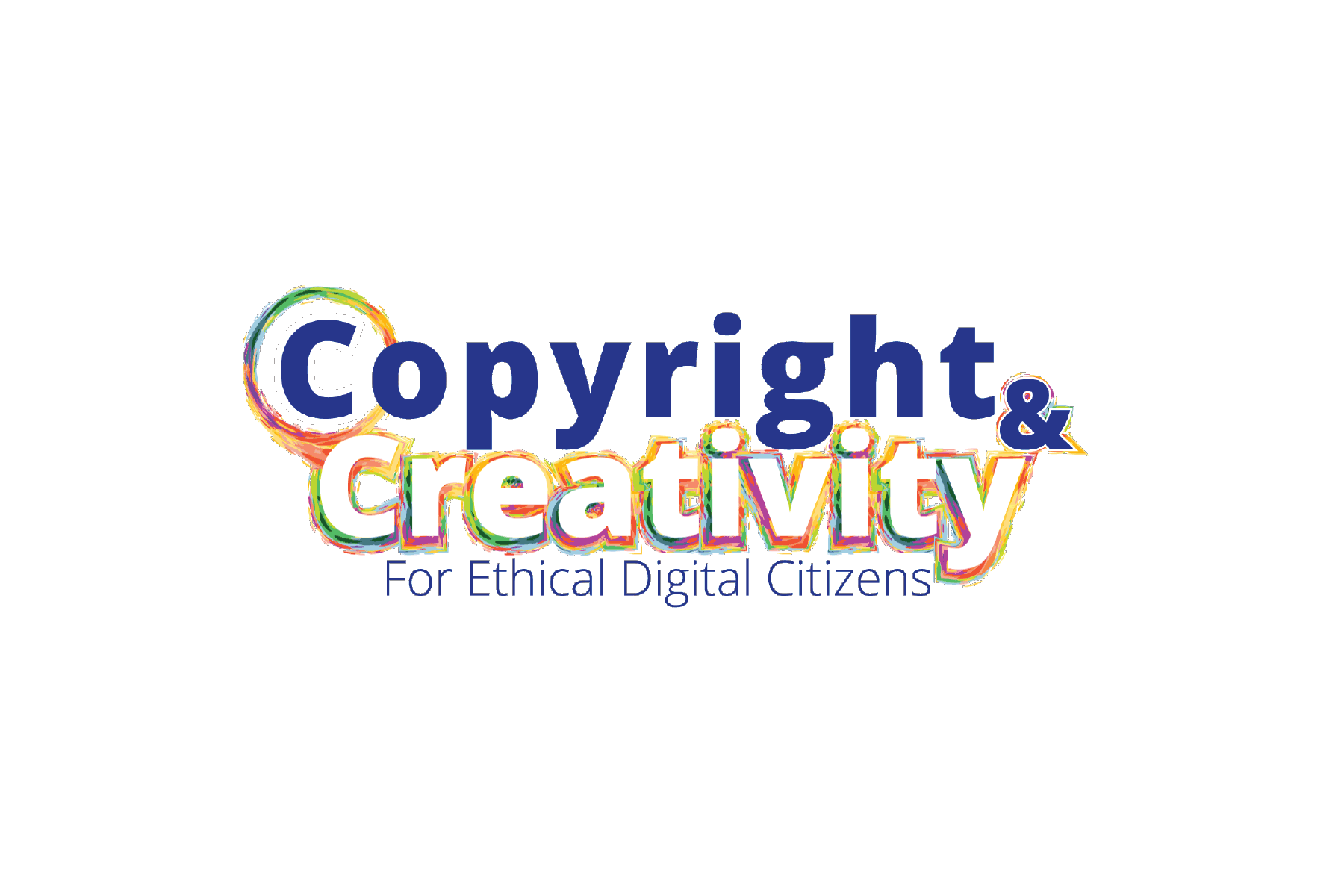How and What to Teach Kids About Copyright

Being familiar with the basic principles of copyright and fair use is an essential element of modern digital literacy after all, students are interacting with digital media in lots ways every day. But how can we teach students about copyright in a manner that will be effective and engaging?
The challenges are significant. First, if copyright is taught as a series of “thou-shalt-nots” a bunch of negative rules that restrict students’ ability to enjoy media the way they want to you can bet that they won’t be very receptive. Second, if educators view copyright as a complex legal topic that they don’t have a great handle on themselves, they may not feel confident teaching it to students.
Copyright and Creativity has developed a full suite of free K-12 teaching resources on a nonprofit basis to address these challenges. Its materials include lesson plans, slides and videos that walk through the more legalistic bits, and a professional development course for teachers who want a little brush up or an introduction before teaching it to students. Importantly, C&C aims to teach copyright from a positive and practical perspective. The lessons emphasize the “why” of copyright by getting students thinking about themselves as creators of content rather than just consumers. (Many students are surprised to learn that they are already copyright holders themselves; they often start out believing that copyright is only for commercial creators.). And the lessons offer guidance on how elements like fair use, the public domain, and Creative Commons can help empower students in their own creative endeavors.
So what exactly do students need to learn? Among C&C’s education resources is an infographic poster titled 10 Things You Should Know About Copyright. It offers a good high-level introduction to the overall topic. (Of course, C&C’s various videos go into more detail and offer concrete examples.) Here, briefly, are the ten things students ought to know:
1. We’re all consumers and creators of creative work. As consumers, we watch movies, listen to music, read books, and more. As creators, we take photos, write songs, make videos, etc.
2. Copyright protects creative work, so people can’t generally copy or share or perform other people’s work without permission.
3. Copyright comes from the Constitution. Its purpose is to promote more creativity. The idea is that letting each of us decide what happens to our own creations will encourage us to keep creating.
4. All creative work is protected by copyright as soon as it is written down or recorded or saved and not just works by professional artists or big studios. Copyright protects all of us our photos on Instagram and everything we write or create.
5. If you copy other people’s creative works without permission, that’s called copyright infringement. An example would be streaming or downloading movies, music, ebooks, or games from illegal sources that operate without artists’ permission. Copyright infringement is illegal and carries serious penalties.
6. Copyright gives a lot of protection, but it also has limitations. Not everything gets copyright protection. Facts and ideas are not protected by copyright.Ê Neither are U.S. Government documents, like NASA photos and reports by federal agencies.
7. Another limitation of copyright is “fair use,” which allows us to copy and re-use copyrighted work without the artist’s permission in certain, limited ways that still are fair to the creator.
8. When students re-use portions of someone else’s work for a school project like using images or songs for a presentation in class that’s a fair use situation. You don’t need the author’s permission.
9. Copyright protection doesn’t last forever. Eventually, it expires, and the creative work falls into the “public domain.” Works in the public domain are free to re-use and share however you want.
10. Some creators are happy to share their creative work. They use a licensing system for sharing called Creative Commons. You can find millions of CC works that are free to share or re-use.
Speaking of Creative Commons . . . that’s how C&C’s resources are licensed. So anyone is welcome to go to the website, register (it’s free), and then use and display the materials they find there in any way they see fit. Questions?Reach out at info@copyrightandcreativity.org. And if you like C&C’s resources, please help us spread the word!

